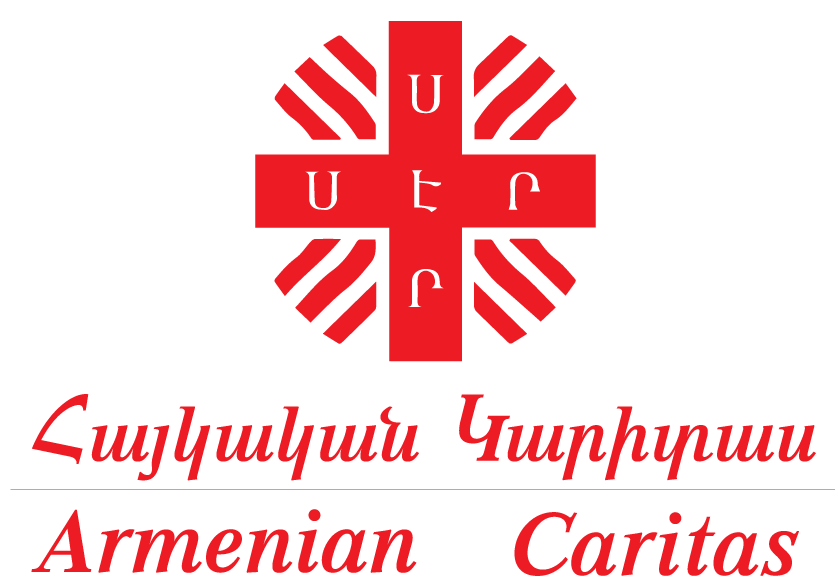Improvement of Educational Conditions of Arevik Kindergarten
Project Duration: 01.03.2016 – 31.03.2016
Number of Beneficiaries: 50 vulnerable children
Location: Shirak Province, Arevik village
Background:
Almost immediately after the collapse of the Soviet Union, Armenia was plunged into a period of deep economic and social crisis. From 1990 to 1993, the country’s gross domestic product (GDP) contracted by half, the largest decline in the Commonwealth of Independent States (CIS) and one of the sharpest recorded by any country. Ten years later, nearly a quarter of the country’s population had migrated in search of work and a better life abroad. The impact of this decline has been so deep, that until recently, approximately half of the country’s population was living below the national poverty line with one in seven unable to meet their basic needs for survival.
The poverty rate in Armenia climbed 17.4% from 2008 to 32.4% in 2012, according to the Armenian National Statistical Service’s report, titled, “Poverty and the Social Panorama in Armenia, 2013.”
In its report, the National Statistical Service divides the poor into three categories – extremely poor, very poor, and poor. The extreme poverty rate in Armenia rose 1.8 times in the last five years while the rate of very poor people increased by 7.1%.
According to the statistical report, every third resident of the country – 32.4% (980,000 people) – lived in poverty in 2012. 13.5% (408,000) were very poor and 2.8% (85,000) extremely poor.
Poverty rates in urban and rural areas are similar – in cities it stood at 32.5% in 2012 after rising 17.7% from 2008, while in villages the rate rose 16.7% to 32.1%.
The lowest poverty rate was recorded in Yerevan – about 25.6% (1.6 times lower, than other urban areas’ indicators). The poverty rate overall climbed 27.3% over the last five years in Yerevan, while in other cities it rose by 12.3%. 64.4% of poor people are urban residents. The main factor of the 2008-2012 poverty rate increase was a sharp economic decline in 2009. The minimum salary in the country was 32,500 drams in 2012. The average monthly salary was 113,163 drams.
Today, half of Armenia’s poor live in the rural communities. The number of those who live away from cities represents one-third of Armenia’s population.
Goal: Provision of adequate educational environment in the village kindergarten of Arevik
Objectives:
Installation of a new heating system. The technical part of installation of the heating system was monitored by the engineer-constructor of “Armenian Caritas”. The organization provided transportation and other technical assistance needed for the completion of the works.
The works foreseen by the project were implemented in close collaboration with the parental council of the kindergarten who took part in the works. In fact, the village mayor and the community had in-kind contribution, 15-20% from the whole cost of the project (it was provision with natural gas the kindergarten).
Activities: Installation of a new heating system
Partners: Renovabis
Budget: 5 000 €
Project manager: Artashes Margaryan
